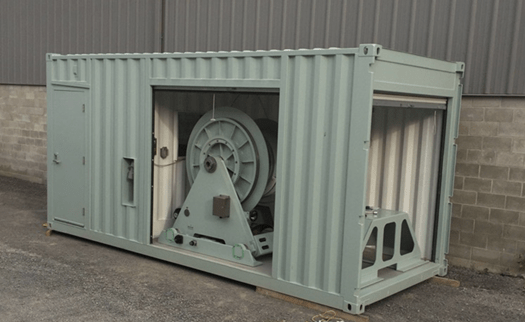The US Naval Institute news service published a report on Sept. 25, 2023, “2 A-10 Warthogs Drill with U.S. Destroyer in Middle East Maritime Exercise.” Interestingly the story also recounted previous instances where A-10s were used in the Maritime environment, including the following,
“On April 28, a U.S. Navy P-8A Poseidon patrol aircraft, two Air Force A-10 Warthogs and three U.S. Coast Guard cutters with embarked U.S. Marine Corps joint terminal attack controllers, trained together in the Persian Gulf.”
The three cutters would have been three of the six 154 foot Webber class cutters assigned to Patrol Forces Southwest Asia (PATFORSWA).
You can draw your own conclusions about what this means for how the cutters will be used if there are hostilities with Iran, but I will offer my thoughts.
Iranian swarm tactics provide a “target rich environment,” but those targets are not of equal importance. What the A-10s would see on their own would be very confusing. Priority targets could include command ships, drone carriers, and boats armed with cruise missiles and torpedoes, before taking on the much more numerous vessels armed with only machine guns and unguided rockets that provide a screen for the more important vessels.
The cutters could provide reference points, forward observation posts, from which the P-8 and Marine terminal attack controllers could point the A-10s to the highest priority targets.
Hopefully the Marines would also bring along some extra firepower to defend the cutters as well.

Camera drone’s-eye view of IRGC boats on display, March 2023. A) The air defense boat. B) Light missile boat with Bladerunner hull. C) light missile boats on Interceptor hull. D) light missile boats on Interceptor hull (alternative design). E) Missile boat, with type of missile unclear. F) RIB, possibly explosive boat or uncrewed. G) RIB with lightweight anti-ship torpedoes, can be carried aboard a Shahid Soleimani-class missile corvette. H) Interceptor boat. I) Interceptor boat with new type of missile.


















